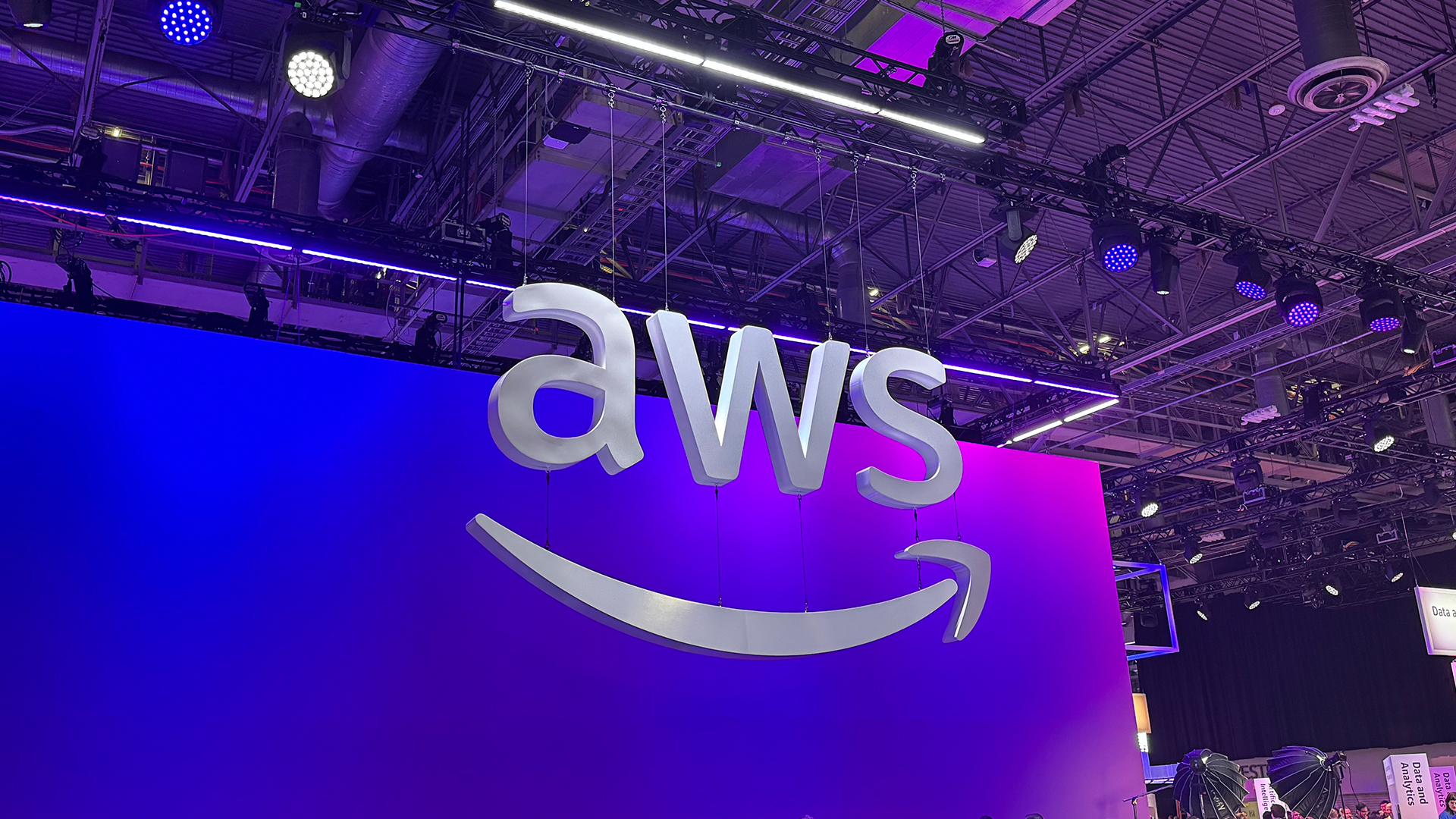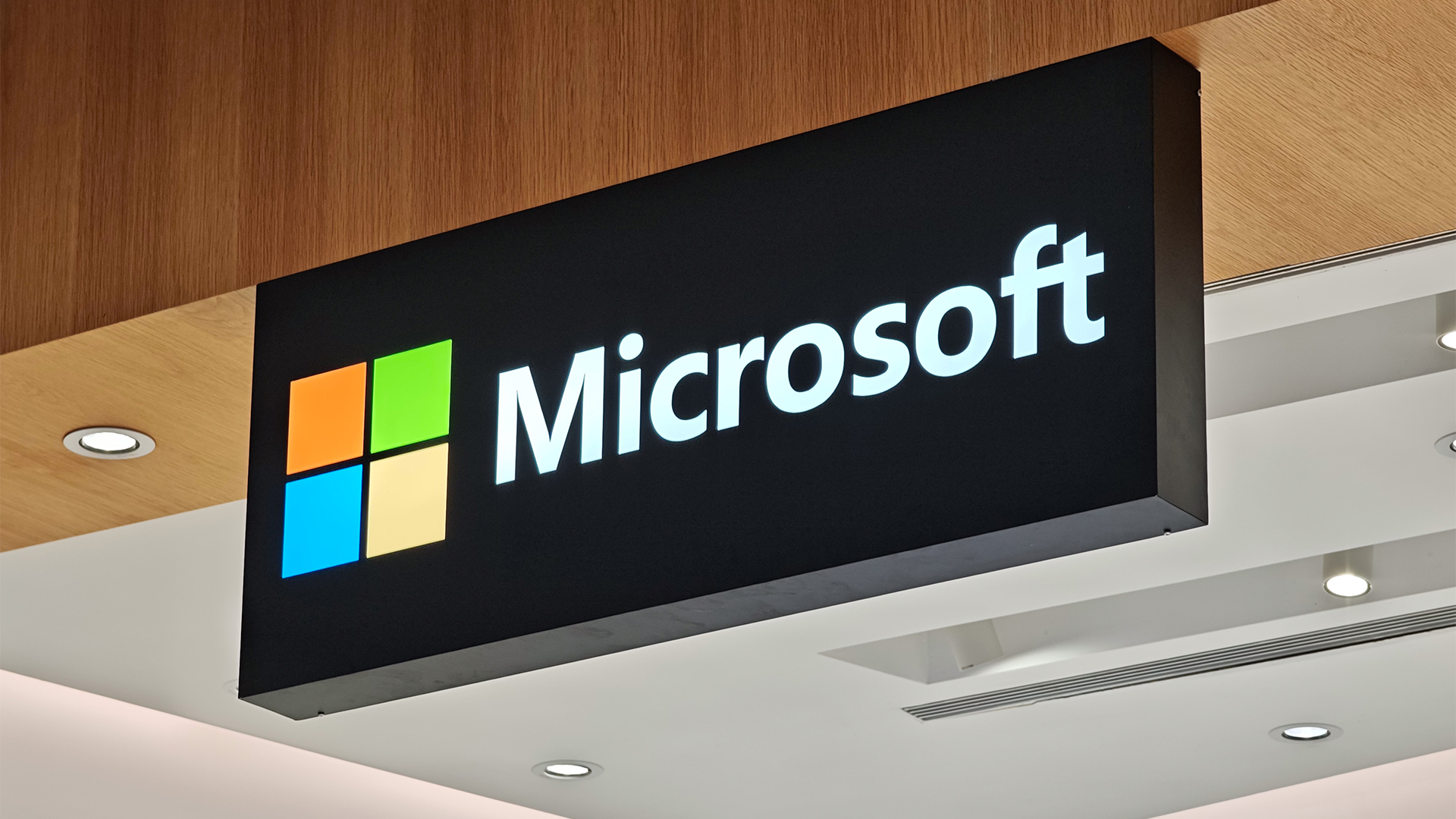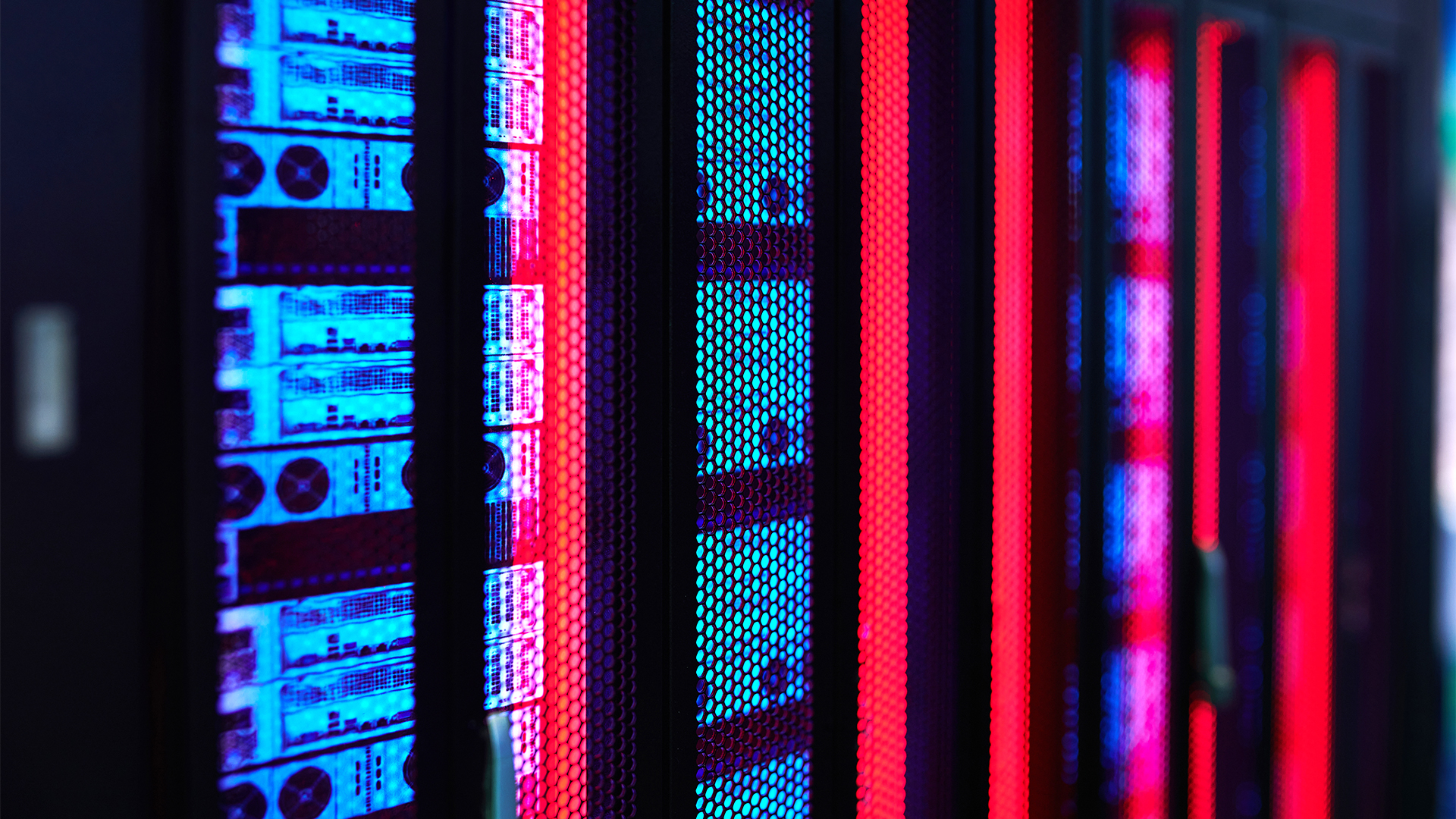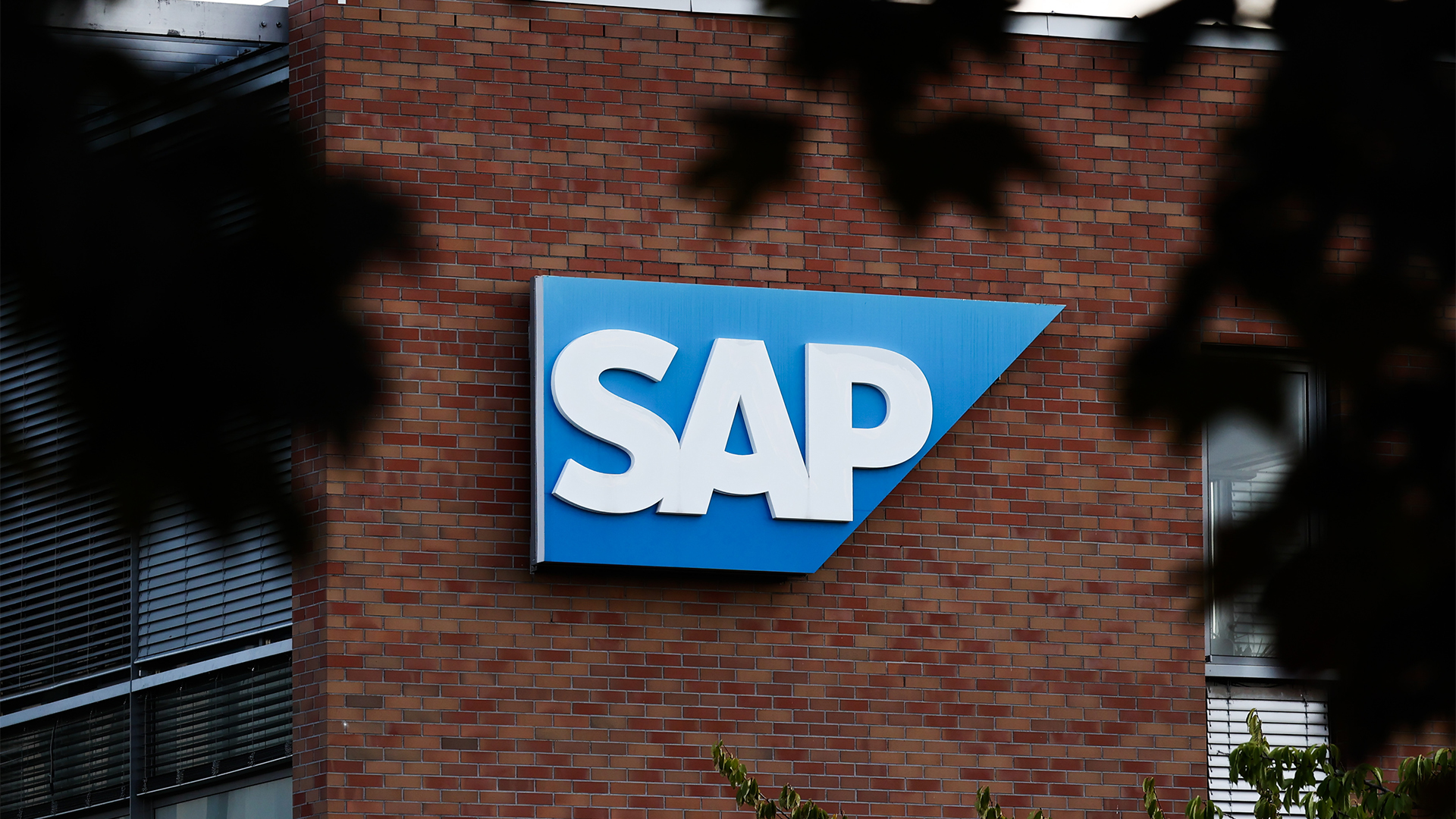Global cloud spending might be booming, but AWS is trailing Microsoft and Google
AWS might be the industry leader by market share, but sluggish growth in Q1 was eclipsed by Microsoft and Google


Global cloud infrastructure spending is booming, according to new research from Canalys, reaching $90.9 billion in the first quarter of 2025.
The spending surge marks a 21% year-on-year increase, the consultancy found, with widespread AI adoption programs playing a key role in recent growth.
“Large-scale investment in both cloud and AI infrastructure remains a defining theme of the market in 2025,” Canalys said.
Notably, this growth is being driven by both the enterprise end-user and provider sides, with leading hyperscalers now “intensifying efforts to optimize infrastructure” to accommodate AI adoption.
“As AI transitions from research to large-scale deployment, enterprises are increasingly focused on the cost-efficiency of inference, comparing models, cloud platforms, and hardware architectures such as GPUs versus custom accelerators,” said Rachel Brindley, Senior Director at Canalys.
“Unlike training, which is a one-time investment, inference represents a recurring operational cost, making it a critical constraint on the path to AI commercialization.”
AI inference costs have been a key talking point in recent months, with Google Cloud in particular focusing heavily on the challenges faced by customers at its annual conference earlier this year.
Sign up today and you will receive a free copy of our Future Focus 2025 report - the leading guidance on AI, cybersecurity and other IT challenges as per 700+ senior executives
To tackle these challenges, Canalys noted that hyperscalers are now “deepening their investments in AI-optimized infrastructure”.
Providers such as AWS, Microsoft, and the aforementioned Google Cloud have all introduced in-house chips and “purpose-built instance families”. The aim here is to drive inference efficiency and thereby reduce the overall cost of AI.
Google told ITPro in April its investment in TPUs, or ‘tensor processing units’, are crucial to help it meet demand for AI inference. The company unveiled the launch of its seventh generation TPU, dubbed ‘Ironwood', during the Google Cloud Next conference.
Microsoft and Google record solid growth
Canalys’ research shows the ranking for AWS, Microsoft Azure, and Google Cloud remained unchanged in the previous quarter. The trio’s combined market share also accounts for 65% of global cloud spending.
“Collectively, the three hyperscalers recorded a 24% year-on-year increase in cloud-related spending,” the consultancy said.
Broadly speaking, this paints a positive picture for the leading providers. Google Cloud and Microsoft both recorded growth rates of over 30%, for example.
The latter recorded significant growth of 33% alongside a 16-point growth rate lift to Azure from AI. The consultancy said this marked the largest single-quarter uplift since Q2 2024.
“In April, Azure announced the availability of the GPT-4.1 model series on both Azure AI Foundry and GitHub, further broadening developer access to advanced AI capabilities across its ecosystem,” Canalys said.
"Azure AI Foundry, Microsoft’s platform for building and managing AI applications and agents, is now used by developers at more than 70,000 enterprises.”
Google Cloud, meanwhile, recorded a revenue backlog of $92.4 billion. While this marked a slight dip compared to the previous quarter, Canalys attributed this to “supply constraints - particularly with regard to compute capacity.
The company made some positive announcements across the quarter, especially in the AI space with the launch of its Gemini 2.5 model range.
Gemini 2.5 Pro in particular received positive feedback from customers and showed solid benchmark performance, Canalys said.
AWS troubles
There are warning signs for AWS; analysts note that growth momentum “diverged” during this period.
Amazon’s cloud division recorded growth of 17%, which marked a deceleration compared to the final quarter of 2024 in which the hyperscaler notched 19%.
Canalys once again attributed this deceleration to “supply-side constraints”, which stunted the firm’s ability to meet rising AI-related infrastructure demands.
Despite sluggish growth, AWS’ AI business is still growing at a triple-digit annual rate, but the consultancy said this “remains in the early stages of development”.
Earlier this year, the company announced a new price-cutting strategy to promote its Trainium chips and drive adoption rates. The hyperscaler has been keen to tout its in-house chips as a viable alternative to costly Nvidia options, regularly citing Trainium 2’s 30-40% price-performance advantages.
Bedrock, AWS’ flagship AI model service, which gives users access to a range of third-party and in-house models, also saw some new additions.
Anthropic’s Claude 3.7 Sonnet and Meta’s Llama 4 models were added to the service over the last quarter, and AWS also became the first cloud provider to offer DeepSeek R1 and Mistral’s Mixtral Large options.
MORE FROM ITPRO

Ross Kelly is ITPro's News & Analysis Editor, responsible for leading the brand's news output and in-depth reporting on the latest stories from across the business technology landscape. Ross was previously a Staff Writer, during which time he developed a keen interest in cyber security, business leadership, and emerging technologies.
He graduated from Edinburgh Napier University in 2016 with a BA (Hons) in Journalism, and joined ITPro in 2022 after four years working in technology conference research.
For news pitches, you can contact Ross at ross.kelly@futurenet.com, or on Twitter and LinkedIn.
-
 Gender diversity improvements could be the key to tackling the UK's AI skills shortage
Gender diversity improvements could be the key to tackling the UK's AI skills shortageNews Encouraging more women to pursue tech careers could plug huge gaps in the AI workforce
-
 Researchers claim Salt Typhoon masterminds learned their trade at Cisco Network Academy
Researchers claim Salt Typhoon masterminds learned their trade at Cisco Network AcademyNews The Salt Typhoon hacker group has targeted telecoms operators and US National Guard networks in recent years
-
 AWS re:Invent 2025 live: All the news and announcements from day two in Las Vegas
AWS re:Invent 2025 live: All the news and announcements from day two in Las VegasLive Blog Keep tabs on all the latest announcements from day-two at AWS re:Invent 2025 in Las Vegas
-
 CEOs admit majority of cloud environments were ‘built by accident rather than design’ – and it’s coming back to haunt them
CEOs admit majority of cloud environments were ‘built by accident rather than design’ – and it’s coming back to haunt themNews Many enterprises rushed into the cloud without a clear end goal in mind, according to Kyndryl
-
 Microsoft’s new ‘marketplace’ lets customers pick and choose cloud, AI solutions
Microsoft’s new ‘marketplace’ lets customers pick and choose cloud, AI solutionsNews The Microsoft Marketplace looks to streamline customer access to AI and cloud services
-
 Mainframes are back in vogue
Mainframes are back in vogueNews Mainframes are back in vogue, according to research from Kyndryl, with enterprises ramping up hybrid IT strategies and generative AI adoption.
-
 Google Cloud introduces ‘no-cost’ data transfers for UK, EU businesses
Google Cloud introduces ‘no-cost’ data transfers for UK, EU businessesNews Google Cloud's new Data Transfer Essentials service will allow enterprises to transfer data to alternative providers at no extra cost.
-
 SAP wants to take data sovereignty to the next level with new 'on-site' infrastructure options
SAP wants to take data sovereignty to the next level with new 'on-site' infrastructure optionsNews The cloud computing giant will allow customers to host SAP-managed infrastructure directly within their own facilities
-
 AWS says only Europeans will run its European Sovereign Cloud service
AWS says only Europeans will run its European Sovereign Cloud serviceNews The firm wants to reassure customers that sovereign really does mean sovereign
-
 US companies dominate the European cloud market – regional players are left fighting for scraps
US companies dominate the European cloud market – regional players are left fighting for scrapsNews Synergy data shows EU providers hold just 15% of the market despite rise in AI and drive for cloud sovereignty